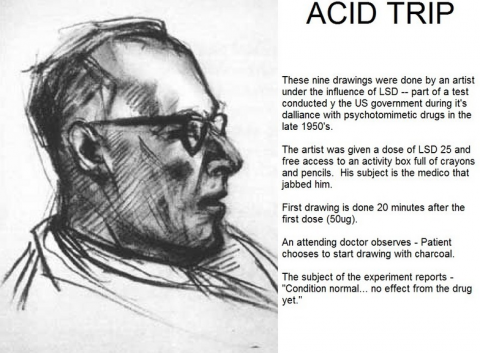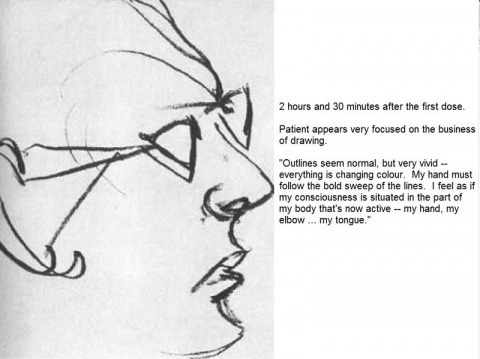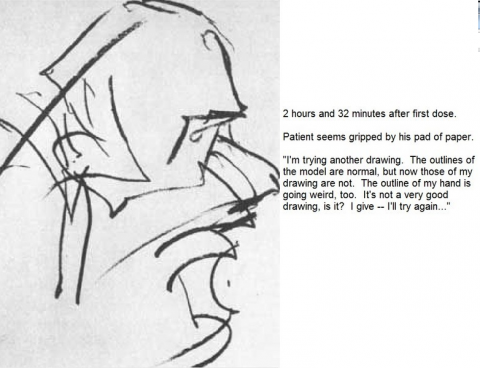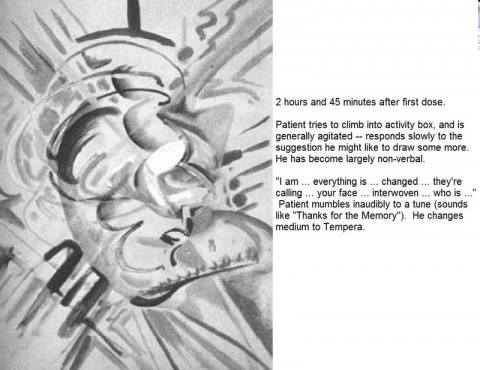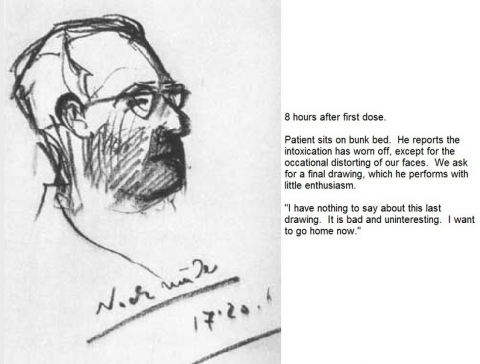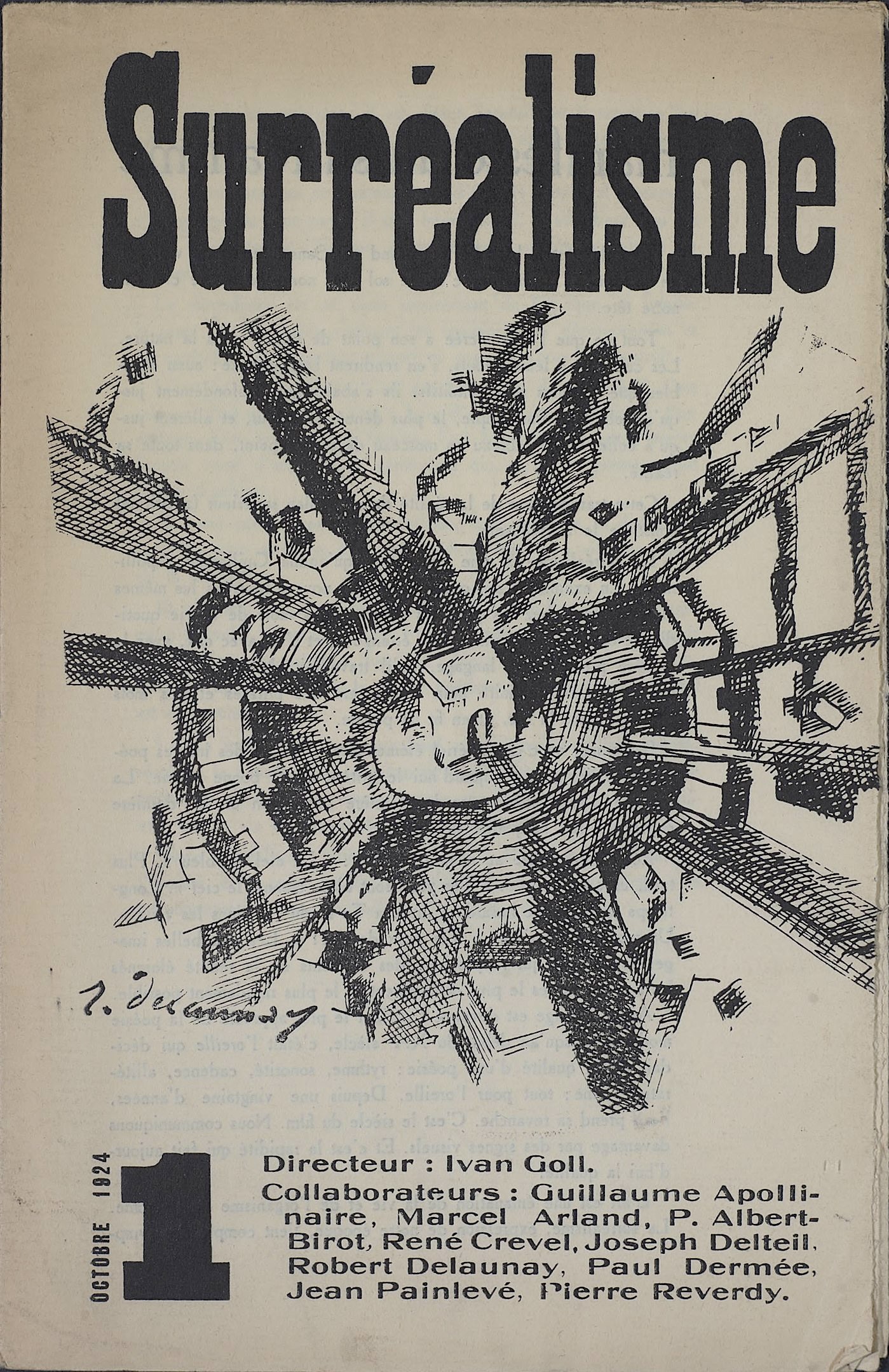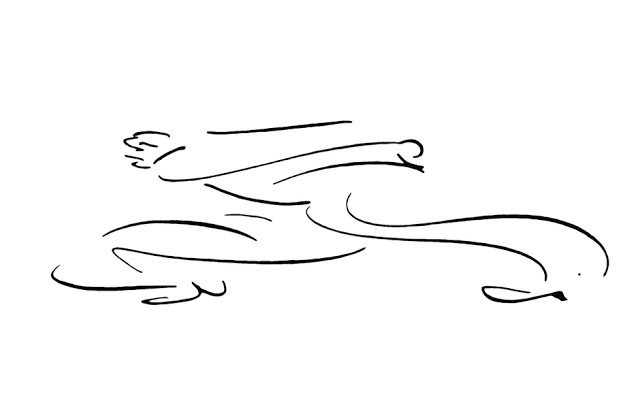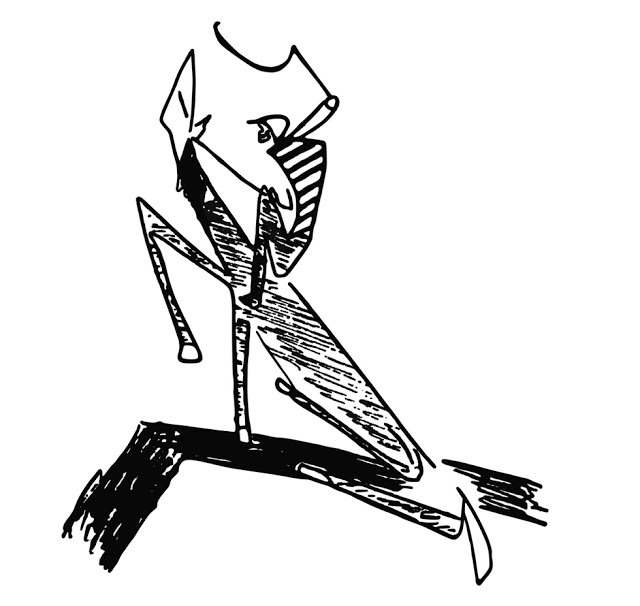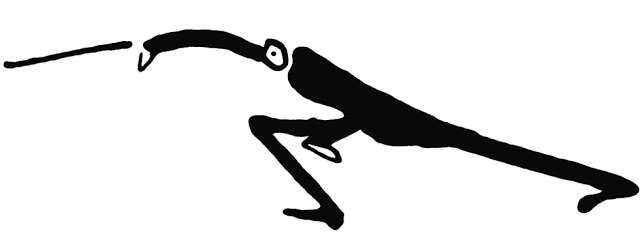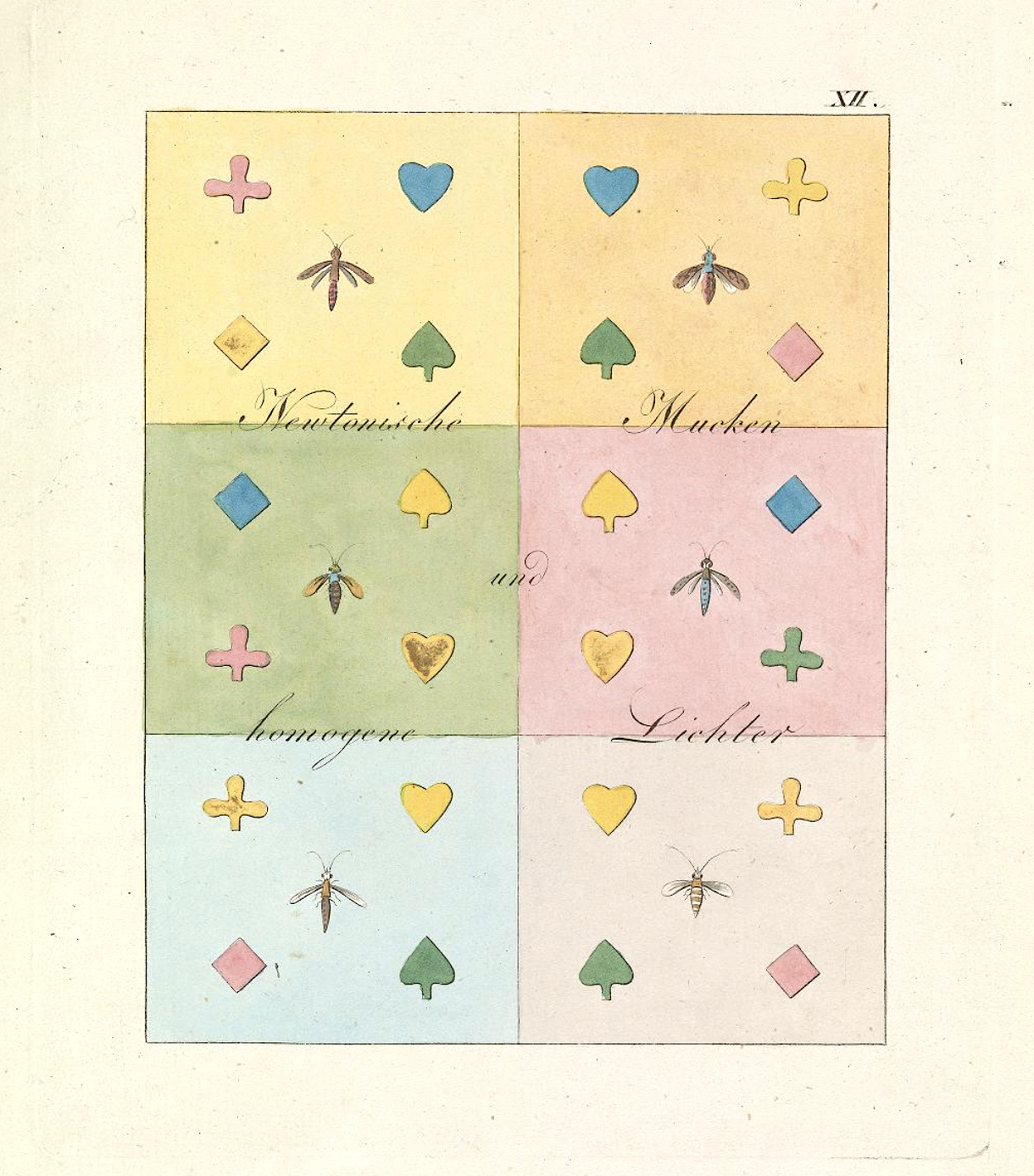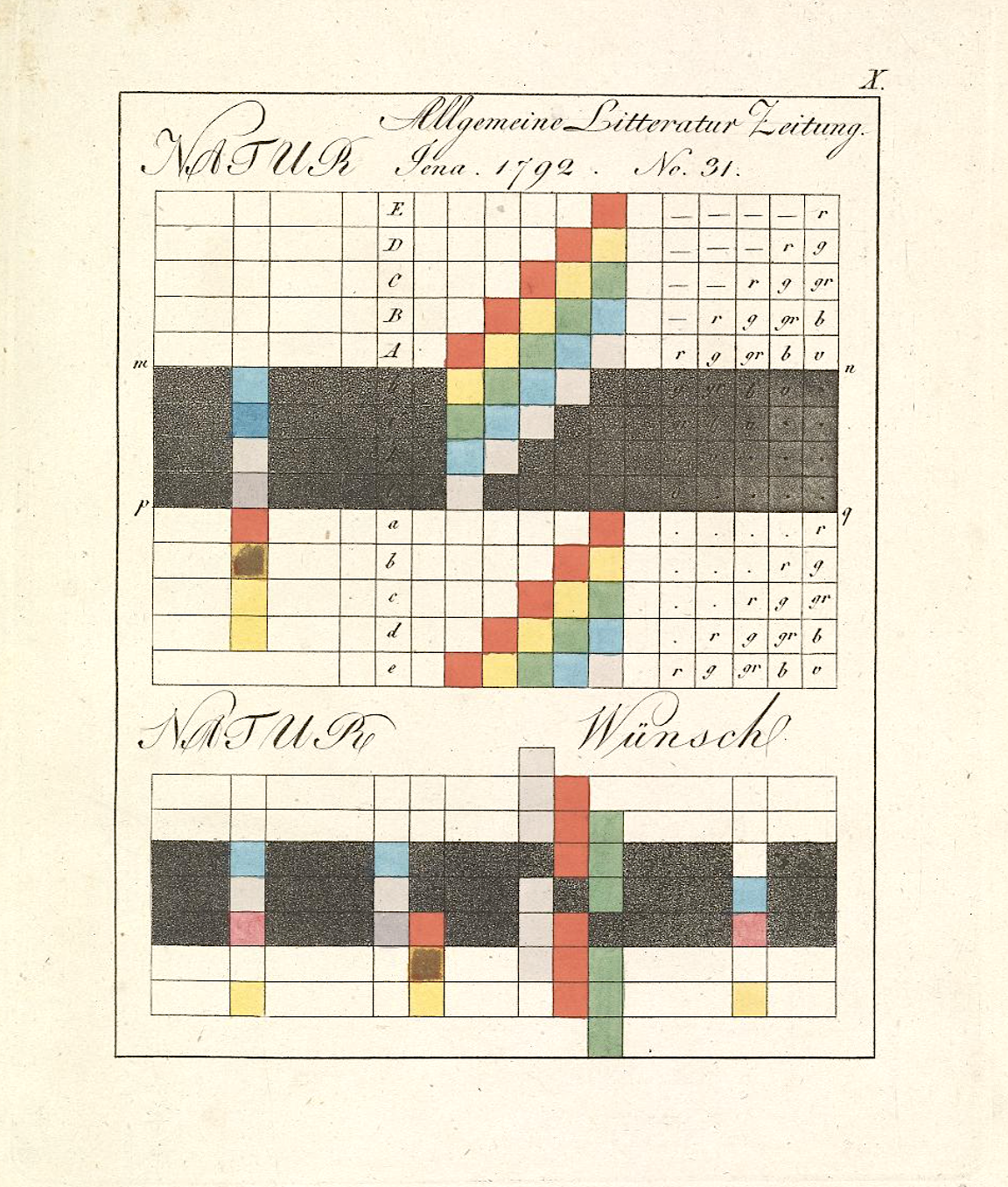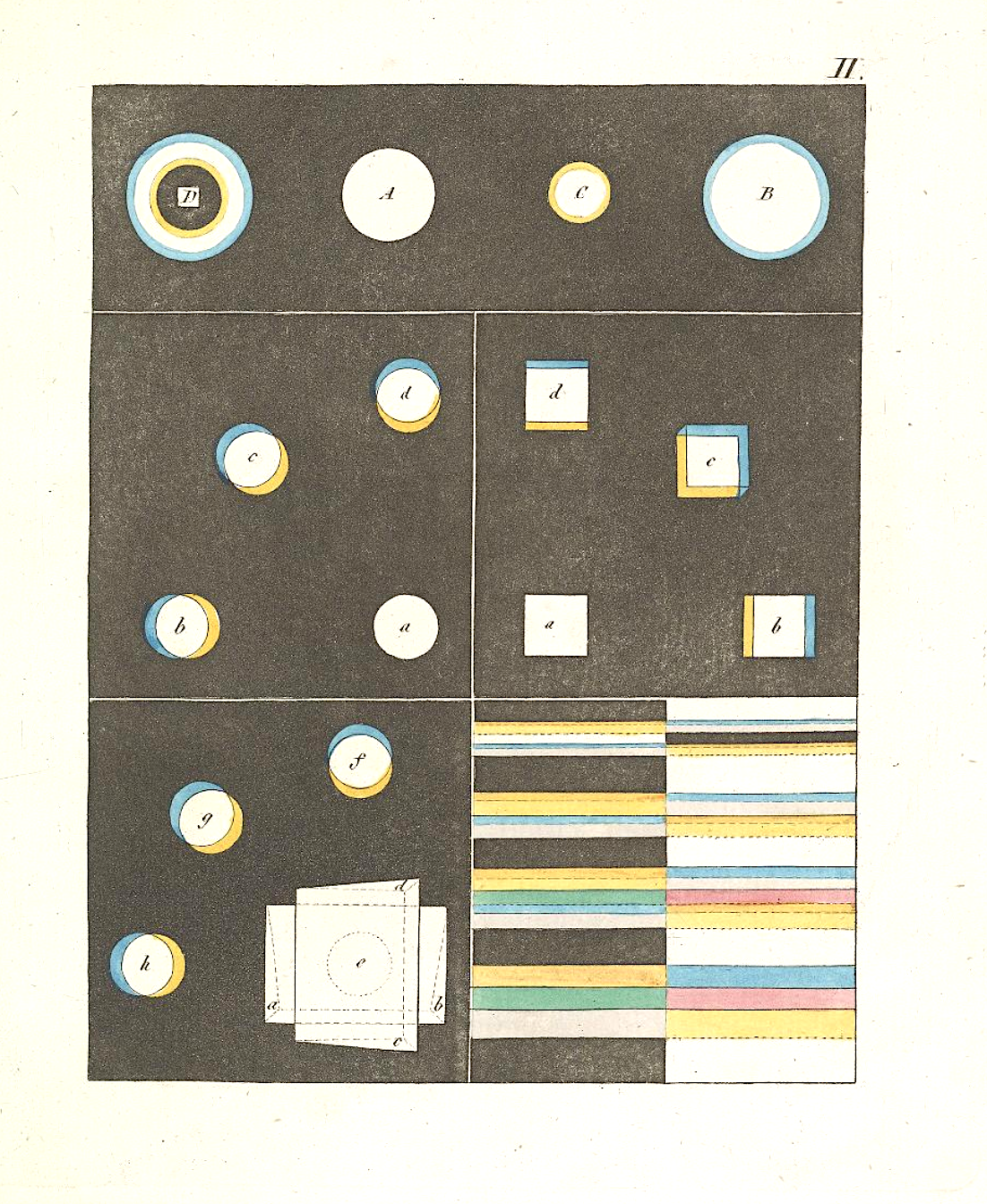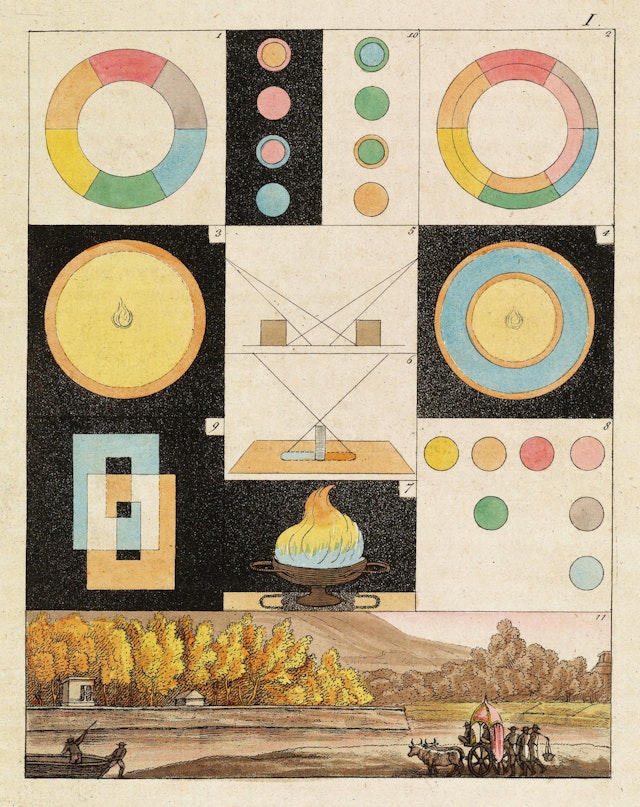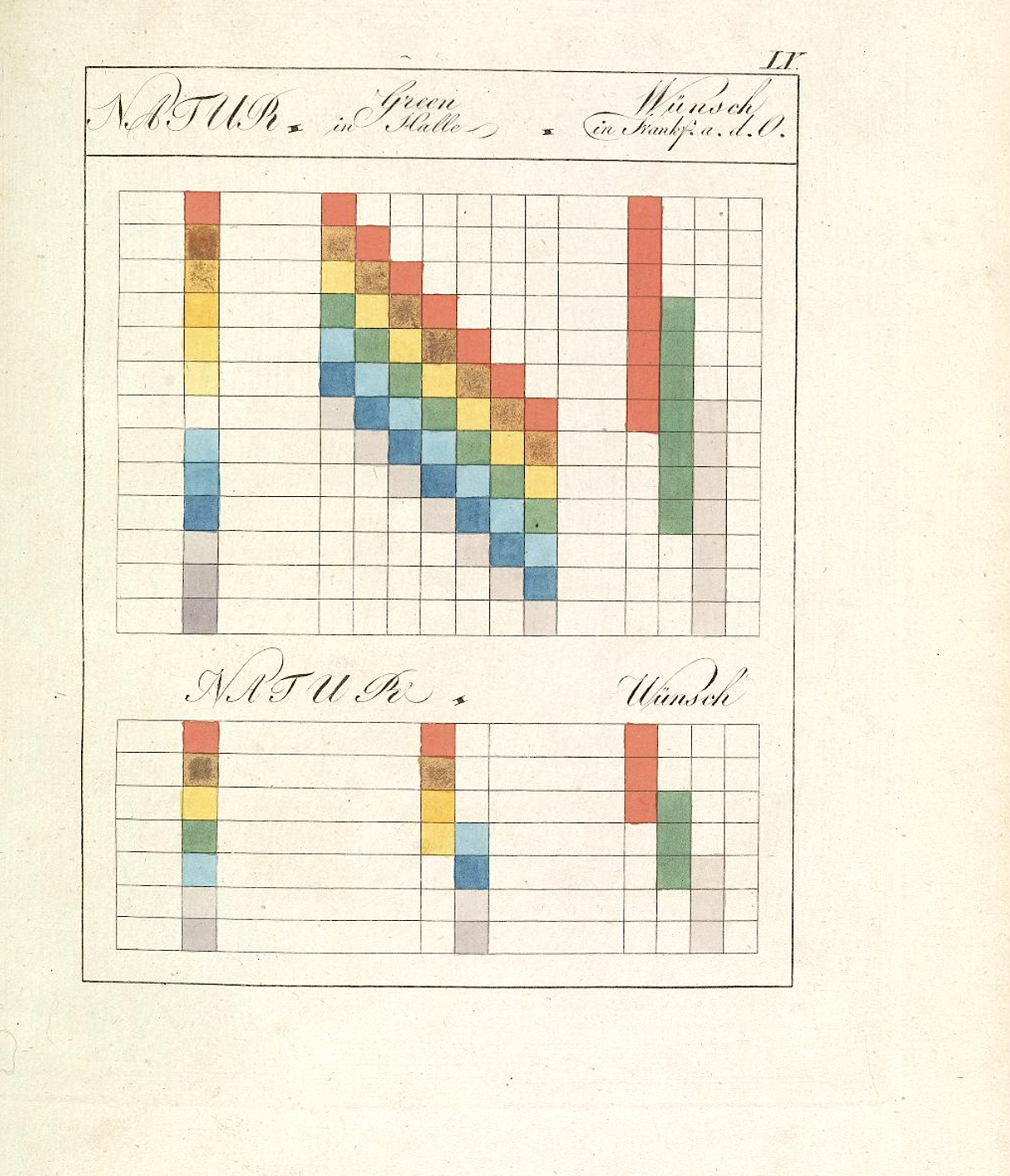If you know more than a few millennials, you probably know someone who reveres Calvin and Hobbes as a sacred work of art. That comic strip’s cultural impact is even more remarkable considering that it ran in newspapers for only a decade, from 1985 to 1995: barely an existence at all, by the standards of the American funny pages, where the likes of Garfield has been lazily cracking wise for 45 years now. Yet these two examples of the comic-strip form could hardly be more different from each other in not just their duration, but also how they manifest in the world. While Garfield has long been a marketing juggernaut, Calvin and Hobbes creator Bill Watterson has famously turned down all licensing inquiries.
That choice set him apart from the other successful cartoonists of his time, not least Charles Schulz, whose work on Peanuts had inspired him to start drawing comics in the first place. Calvin and Hobbes may not have its own toys and lunchboxes, but it does reflect a Schulzian degree of thoughtfulness and personal dedication to the work. Like Schulz, Watterson eschewed delegation, creating the strip entirely by himself from beginning to end. Not only did he execute every brushstroke (not a metaphor, since he actually used a brush for more precise line control), every theme discussed and experienced by the titular six-year-old boy and his tiger best friend was rooted in his own thoughts.
“One of the beauties of a comic strip is that people’s expectations are nil,” Watterson said in an interview in the twenty-tens. “If you draw anything more subtle than a pie in the face, you’re considered a philosopher.” However modest the medium, he spent the whole run of Calvin and Hobbes trying to elevate it, verbally but even more so visually. Or perhaps the word is re-elevate, given how his increasingly ambitious Sunday-strip layouts evoked early-twentieth-century newspaper fixtures like Little Nemo and Krazy Kat, which sprawled lavishly across entire pages. Even if there could be no returning to the bygone golden age of the comic strip, he could at least draw inspiration from its glories.
Ironically, from the perspective of the twenty-twenties, Watterson’s work looks like an artifact of a bygone golden age itself. In the eighties and nineties, when even small-town newspapers could still command a robust readership, the comics section had a certain cultural weight; Watterson has spoken of the cartoonist’s practically unmatched ability to influence the thoughts of readers on a daily basis. In my case, the influence ran especially deep, since I became a Calvin and Hobbes-loving millennial avant la lettre while first learning to read through the Sunday funnies. It took no time at all to master Garfield, but when I started getting Calvin and Hobbes, I knew I was making progress; even when I didn’t understand the words, I could still marvel at the sheer exuberance and detail of the art.
Calvin and Hobbes also attracted enthusiasts of other generations, not least among other cartoonists. Joel Allen Schroeder’s documentary Dear Mr. Watterson features more than a few of them expressing their admiration for how he raised the bar, as well as for how his work continues to enrapture young readers. Its timelessness owes in part to its lack of topical references (in contrast to, say, Doonesbury, which I remember always being the most formidable challenge in my days of incomplete literacy), but also to its understanding of childhood itself. Like Stephen King, a creator with whom he otherwise has little in common, Watterson remembers the exotic, often bizarre textures reality can take on for the very young.
He also remembers that childhood is not, as J. M. Coetzee once put it, “a time of innocent joy, to be spent in the meadows amid buttercups and bunny-rabbits or at the hearthside absorbed in a storybook,” but in large part “a time of gritting the teeth and enduring.” Being six years old has its pleasures, to be sure, but it also comes with strong doses of tedium, powerlessness, and futility, which we tend not to acknowledge as adults. Calvin and Hobbes showed me, as it’s shown so many young readers, that there’s a way out: not through studiousness, not through politeness, and certainly not through following the rules, but through the power of the imagination to re-enchant daily life. If it gets you sent to your room once in a while, that’s a small price to pay.
Related content:
How to Make Comics: A Four-Part Series from the Museum of Modern Art
George Herriman’s Krazy Kat, Praised as the Greatest Comic Strip of All Time, Gets Digitized as Early Installments Enter the Public Domain
17 Minutes of Charles Schulz Drawing Peanuts
The Disney Artist Who Developed Donald Duck & Remained Anonymous for Years, Despite Being “the Most Popular and Widely Read Artist-Writer in the World”
The Comiclopedia: An Online Archive of 14,000 Comic Artists, From Stan Lee and Jack Kirby, to Mœbius and Hergé
Based in Seoul, Colin Marshall writes and broadcasts on cities, language, and culture. His projects include the Substack newsletter Books on Cities, the book The Stateless City: a Walk through 21st-Century Los Angeles and the video series The City in Cinema. Follow him on Twitter at @colinmarshall or on Facebook.
